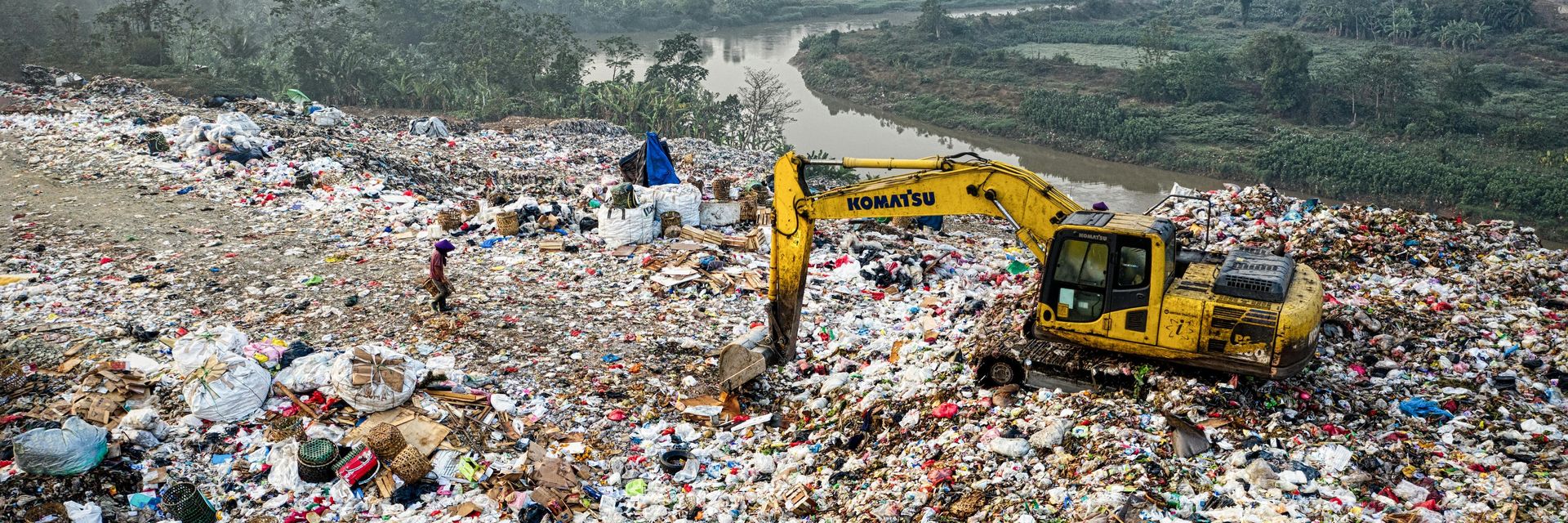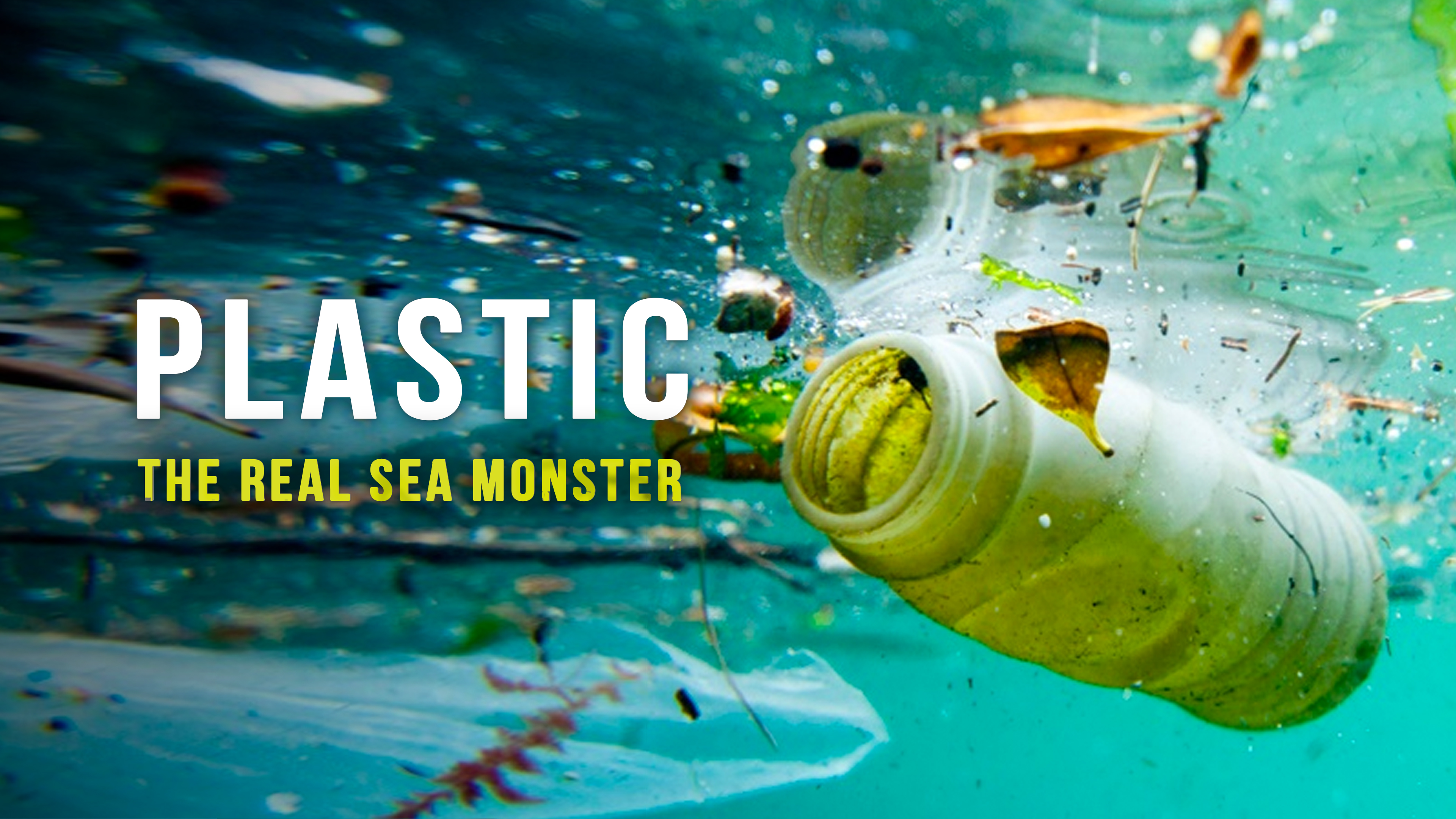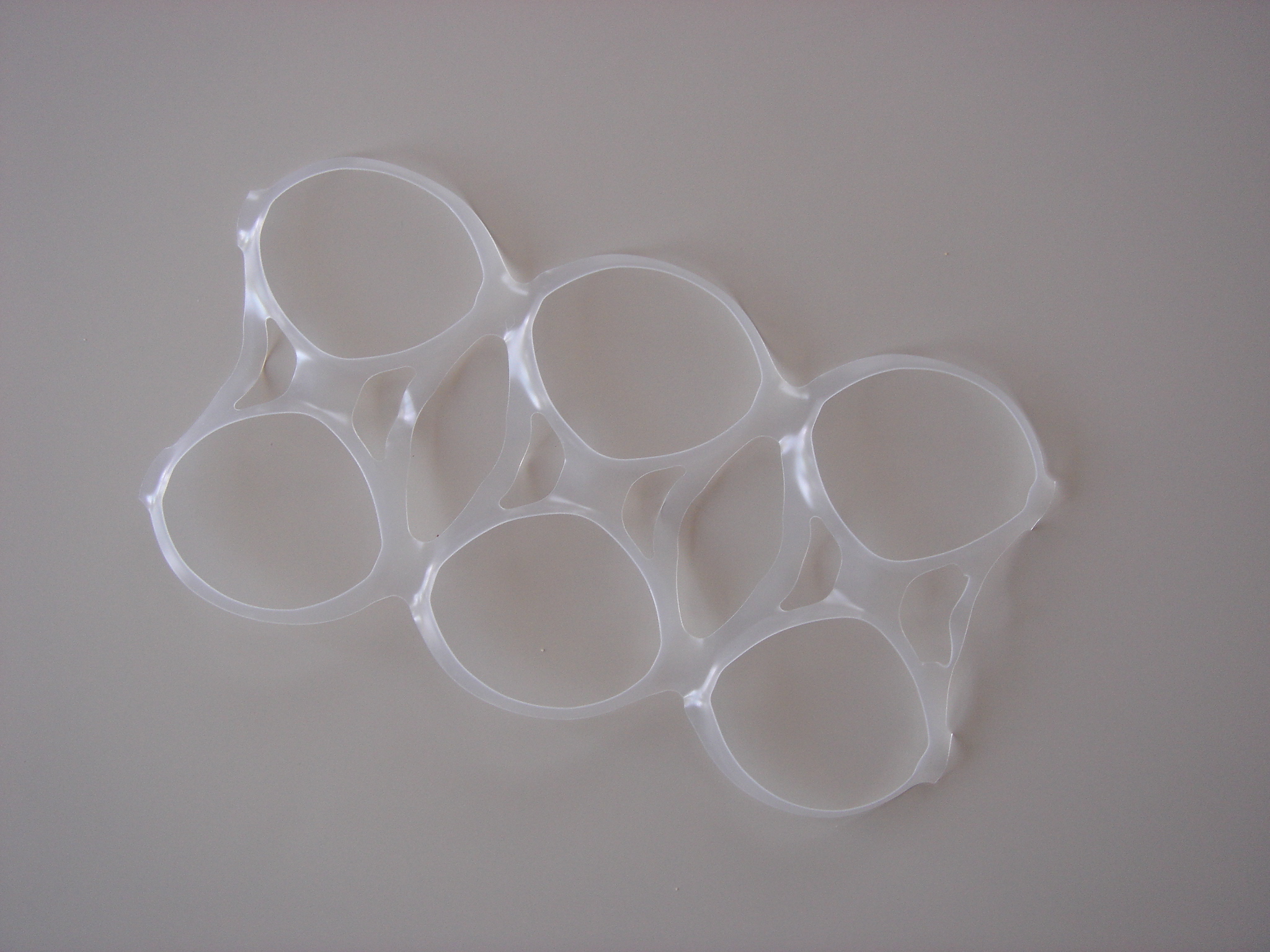Plastic recycling is a waste. For every pound of plastic that is successfully recycled, between 90 and 95 pounds end up in landfills and the ocean.
◊
On April 22, 1970, America held its first Earth Day. It was primarily a grassroots affair, based on the Sixties concept of environmental “teach-ins,” with young people who were organized through colleges and community groups advocating for a cleaner planet, one with less pollution and less waste. Tens of thousands of people across the country attended peaceful rallies to call for higher standards to maintain pristine places in the world – without rivers afire with flammable waste and national parks filled with consumer trash.
This turned out to be a very popular cause (among many causes of the late ’60s and early ’70s). It was even praised by the Nixon White House, and its goals started making their way into Congressional investigations and government action.
As concern for the environment grew in magnitude and organization, the consortium of major energy producers that manufactures plastic – Big Oil – was alarmed. The industry knew it had to act to ensure it wasn’t threatened with regulation. And so, the concept of recycling was born, responding to the widespread belief that something could – something must – be done to make the planet more livable for its occupants and their progeny. Yes, that’s right, Big Oil developed, directed, and led the implementation of plastic recycling. And from the start, they knew it was unsustainable – that it simply wouldn’t work.
Learn more about the devastating impact of plastic in MagellanTV's Plastic: The Real Sea Monster.
Pollution and Recycling: The Beginning of ‘Greenwashing’
Earth Day is long past its time as a grassroots affair. In the U.S., at least, the annual public awareness campaigns come from corporations, and the strategic messaging represents how these industries can best position themselves as good stewards of the environment. Making and using recyclable materials in their product packaging gives them a “halo.” But this halo, a result of “greenwashing,” is hardly deserved.
Greenwashing happens when companies misleadingly promote their products and practices as environmentally friendly. The practice can be traced back as far as 1971’s Earth Day. It only took one year for Big Oil to attempt to influence U.S. popular opinion on the topic of plastics. The oil and gas industry jumped into American public discourse with a famous TV ad campaign sponsored by a nonprofit organization with the green-friendly moniker “Keep America Beautiful,” which was actually the trade association representing single-use plastic containers for beverages and their packaging rings.
This ad campaign, which purported to shame Americans to be more responsible with their plastic use habits, was called “The Crying Indian.” It showed an actor in Native American garb responding to roadway litter by turning to the camera, revealing one pendulous tear.
The campaign was a runaway success, credited with moving American consumers’ concerns in the direction of the responsible use of plastic products. This is remarkably ironic, since this ad, and the thousands and thousands of recycling message campaigns Americans are inundated with each year, is fundamentally fraudulent.
Not only is the Native American character portrayed by an actor of Mediterranean heritage with no indigenous ancestry, but the pollution message obscured the actual intent of the campaign. Rather than supporting effective government action against pollution, the ad essentially seeks to redirect responsibility toward individuals and volunteerism. Worse, the sponsors already knew full well that recycling plastics wouldn’t actually work.
The use of plastic six-pack rings poses environmental risks, including marine pollution and ecosystem disruption. (Credit: Staecker, via Wikimedia Commons)
The Failure of Recycling Plastics Amid the Constant Increase in Production
From Big Oil’s perspective, it couldn’t have worked better. Consumers began to feel good believing plastic could be recycled, and plastic use rose accordingly. Plastic manufacturing also increased annually, with a quickening tempo that has continuously picked up speed through the years. The EPA reports that in 1960, U.S. manufacturers produced 390,000 tons of plastic materials, none of which was recycled. In 2018, that annual amount had risen to 35,680,000 tons, a mind-boggling increase of nearly 800 percent. And the amount recycled? No more than 3,090,000 tons, a recycling rate of only 8.6 percent.
Believe it or not, that is relatively good in comparison to where we are now, just a few years later. One reason is that, in 2018, China, which had been accepting megatons of our unrecycled trash, implemented their Operation National Sword, which banned the import of most of the waste we were accustomed to shipping there. Soon after, India, Indonesia, and others joined China in refusing our refuse.
Regardless of what actually happened to the waste shipped to other countries, official numbers counted it as “recycled.”
The ban on receiving the U.S.’s garbage, of course, didn’t slow Big Oil’s plastic production. It did, however, highlight the utter failure of purported efforts to increase plastic reuse. There’s simply no way to keep up with the ever-increasing amounts of plastic waste being manufactured and disposed of. While the amount of recycling has increased incrementally, the sheer tonnage of plastic waste produced has resulted in a reduction in the percentage of plastic being recycled. According to Greenpeace, the plastic recycling rate has diminished from 2018’s 8.6 percent to somewhere between five and six percent in 2021.
That’s a pathetically poor amount of recycling compared with production. National Geographic points out that our plastic “debt” to the Earth – the amount we’ve discarded – tops 6.3 billion metric tons. That’s so much it’s hardly possible to visualize. One source encourages us to envision 35,000 Empire State Buildings. Does that help? Probably not.
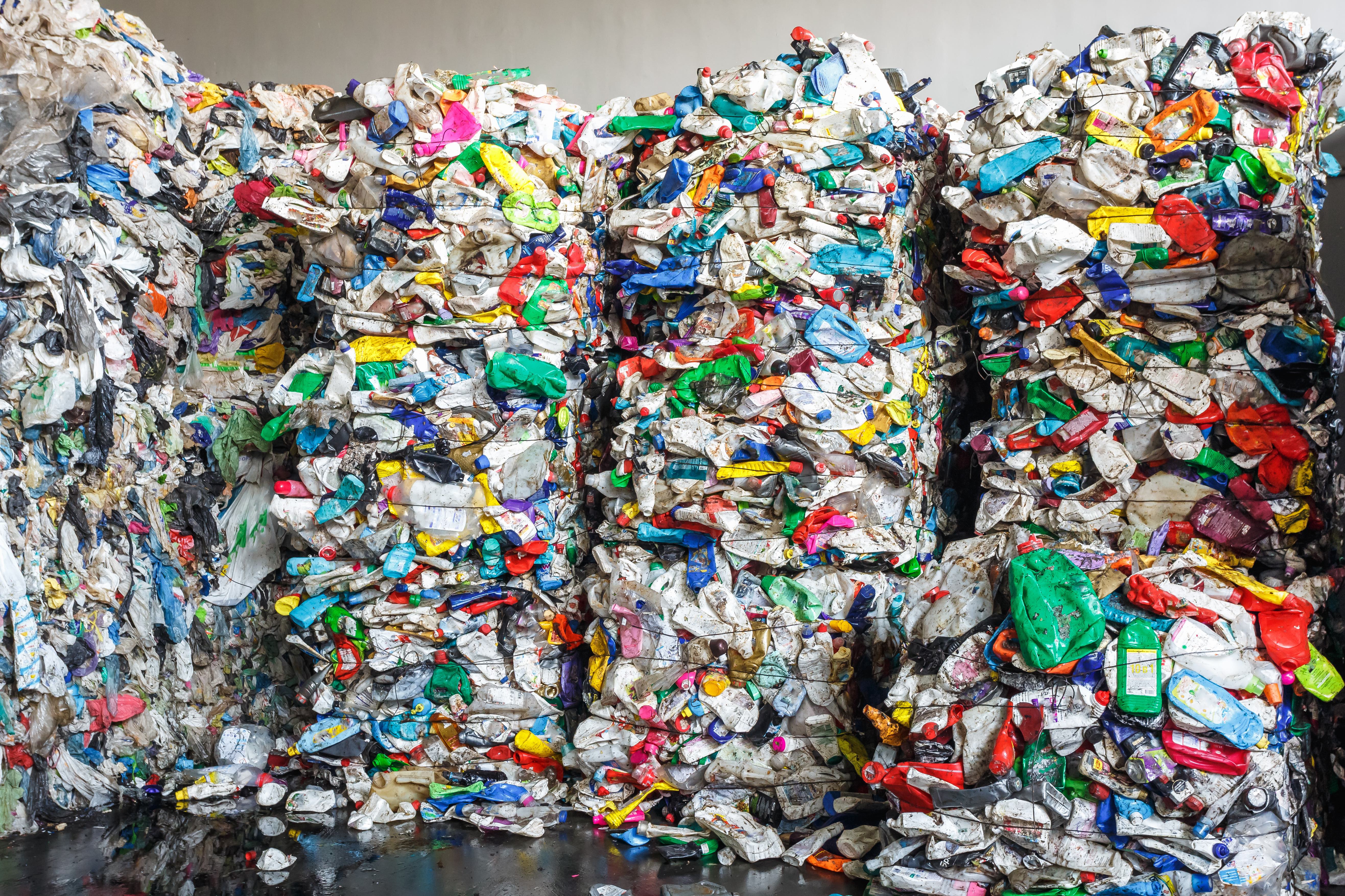
Bales of plastic waste at a waste processing plant (Credit: Hiv360, via Adobe Stock)
Is Plastic Recycling Irretrievably Broken?
Why are U.S. recycling numbers so low? It turns out there are numerous reasons. In fact, Big Oil knew that recycling had been a losing proposition from the beginning: In 1973, as Keep America Beautiful was just getting started, an internal report prepared by a plastics industry consultant stated, “There is no recovery from obsolete products.” That bit of Mad Men jargon means that the oil industry knew they had no way to make discarded plastic profitable. And yet, year after year, Americans heard the endlessly repeating drum loop of the call to recycle their plastic. Advertising increased exponentially over the decades since the ’70s, but those behind these messages knew they were promoting a “war on plastic waste” that was unwinnable.
Here are three key reasons why:
- Mixed plastics cannot be recycled together because there are so many different types to be sorted, which is cost prohibitive. Yet, we are encouraged by single-stream recycling programs to do exactly that mixing.
- Recycled plastic is more expensive than – and inferior to – virgin plastic. Market demand for recycled plastics is strongly affected by this.
- The design of plastic products is done without considering end-of-life recyclability. Hybrid materials that use several kinds of plastic, or that combine plastic with metal, are not generally recyclable.
So, in a perfect world for plastic recycling, we’d sort our plastics by type, create an efficient market for recycled plastics, and only produce plastic products that recycle easily. But our world is far from perfect – and it’s resistant to change. You and I are not going to affect the world market for plastic and the methods currently used for recycling it – at least not in the crucial next 25 or 30 years. So, what is there to do? Believe it or not, there are promising strategies for positive action.
Some Recycling Is Working
If you’re now harboring the idea that it’s worthless to recycle, in reality, nothing could be further from the truth. It’s worth it, and for all the reasons Americans have learned over the past 50 years: It’s good for the environment, and it’s good for the economy. But let’s be real: Not all recycling is the same.
Rates of recycling success are much higher for the “big three” recyclable materials: Metals, especially aluminum; paper; and glass. What’s the difference between plastic and these? For one, none of them degrades in the recycling process. All of them can be recycled endlessly, and, by the way, glass and aluminum waste is more valuable to the consumer who recycles thoughtfully.
For aluminum products, the recycling rate is much higher than for plastics. In the U.S., for instance, 55 percent of aluminum cans are recycled. Glass recycling rates vary more widely depending on the region and the type of glass. In the U.S., around 31.3 percent of glass containers are recycled, according to recent estimates. This shows that recycling can work, and that there’s even room for improvement. Plastic is really an outlier as a recyclable material.
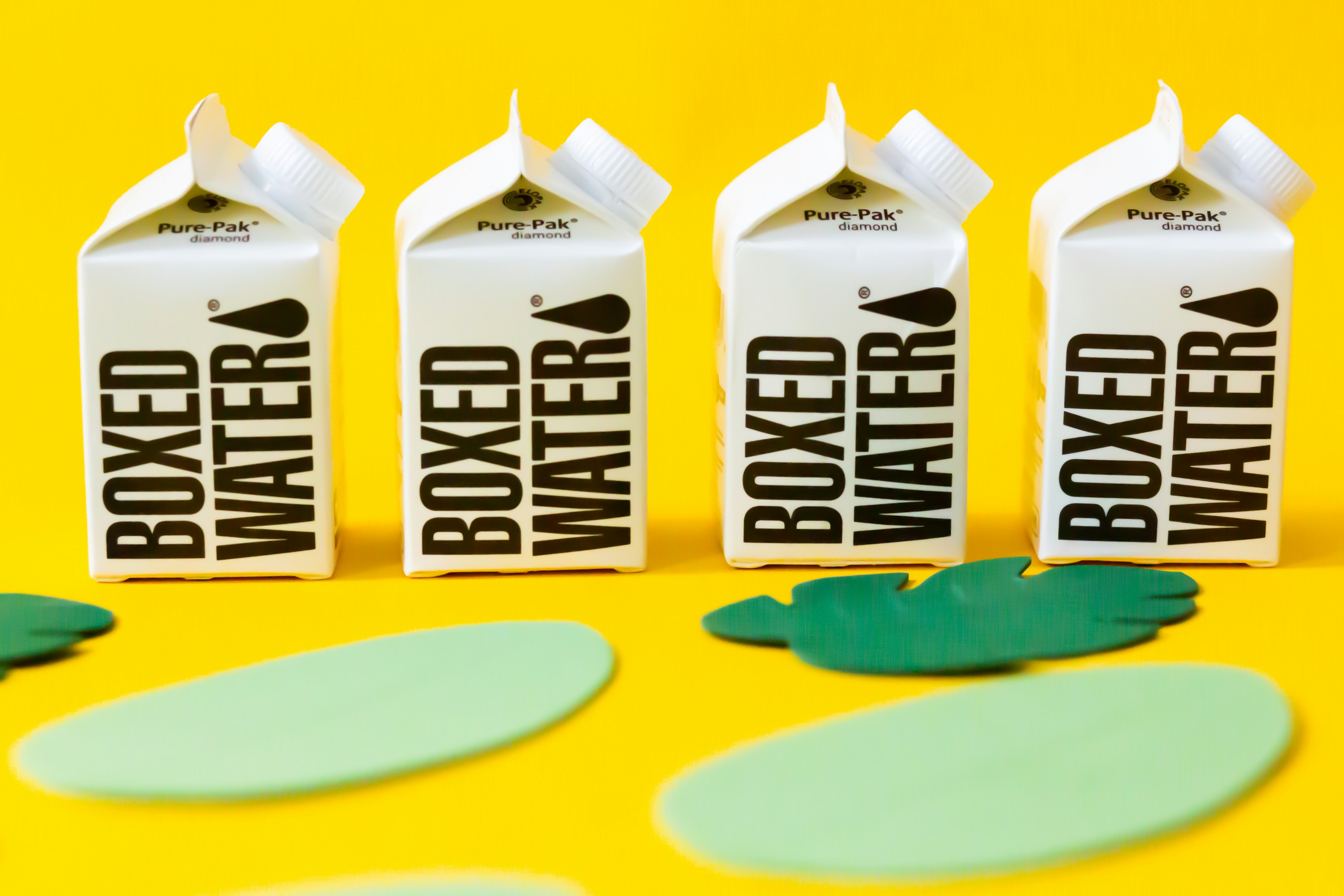
Boxed water is more recyclable than plastic bottles. (Credit: Boxed Water Is Better, via Unsplash.)
Move Away from Plastic to a More Recyclable, Refillable, Reusable Future
Given that recycling is good for society, yet plastic recycling is so problematic, what should consumers do? Here are a couple of suggestions, and one big challenge. First off, and most importantly, switch to metal and glass containers for the goods you purchase in the supermarket as much as you can. Some, like soft drinks, come in a variety of packaging options. Glass, aluminum, even water packaged in coated paper will make a difference in the amount of plastic waste you produce.
But there’s an issue you can’t address by yourself, and that’s to convince manufacturers to think more broadly about the full life of single-use plastics. The Ellen MacArthur Foundation calls it the “circular economy.” That’s something we need government for. Consider communicating with your legislators at all levels of government about the need to restrict plastic packaging. Lawmakers could consider incentivizing plastic manufacturers to innovate with their packaging to find hardy materials that can be successfully reused, composted, or effectively recycled.
In addition – and more urgent – is the need to eliminate problematic and unnecessary plastic items. This is already happening in many areas in the U.S. and across the world. In places like the European Union and cities including, for example, Los Angeles, bans on single-use plastics have been put into place. Some cities in Europe have installed water-refilling stations so people can have their water containers at their side without additional harm to the environment. There are even potent ideas being discussed, such as establishing reusable container programs for food and beverages.
It’s a plastic world we now live in. To quote Aqua’s old pop hit “Barbie Girl,” “Life in plastic, it’s fantastic.” Since we’re not going to eliminate the plastic recycling problem, at least in our lifetime, we can try to coexist peacefully with plastics by using them sparingly or, when possible, not at all.
Ω
Kevin Martin is Senior Writer and Associate Editor for MagellanTV. Having long been a journalist and communications specialist, he writes on various topics, including Art and Culture, Current History, and Space and Astronomy. He is the co-editor of My Body Is Paper: Stories and Poems by Gil Cuadros (forthcoming from City Lights). He resides in Glendale, California.
Title Image: Drone shot of dumpsite, South Tangerang, Banten, Indonesia (Source: Photo by Tom Fisk from Pexels)
